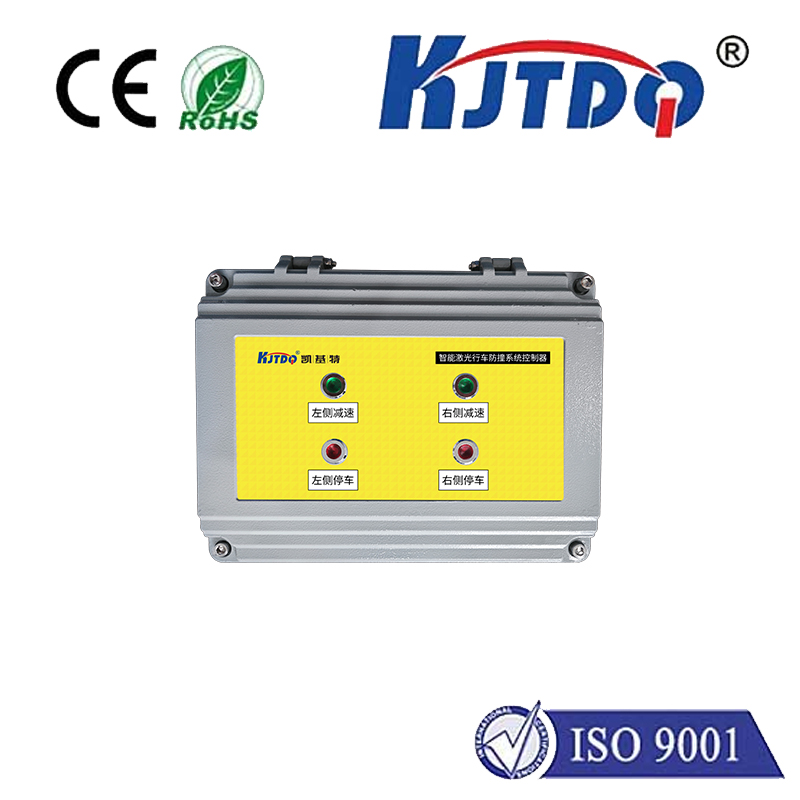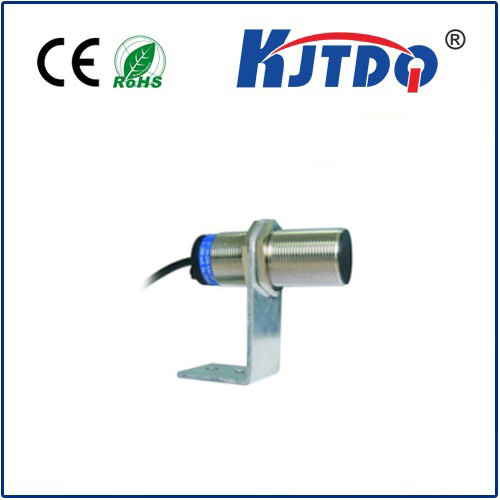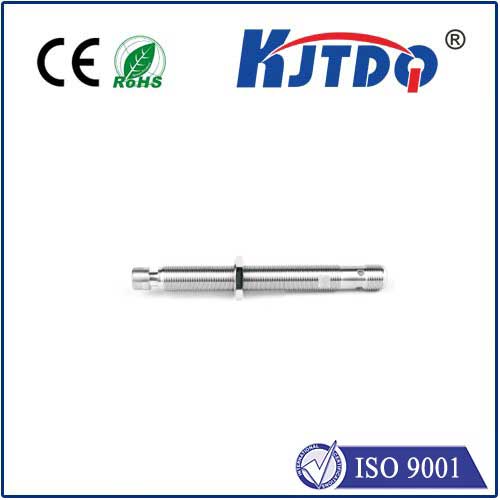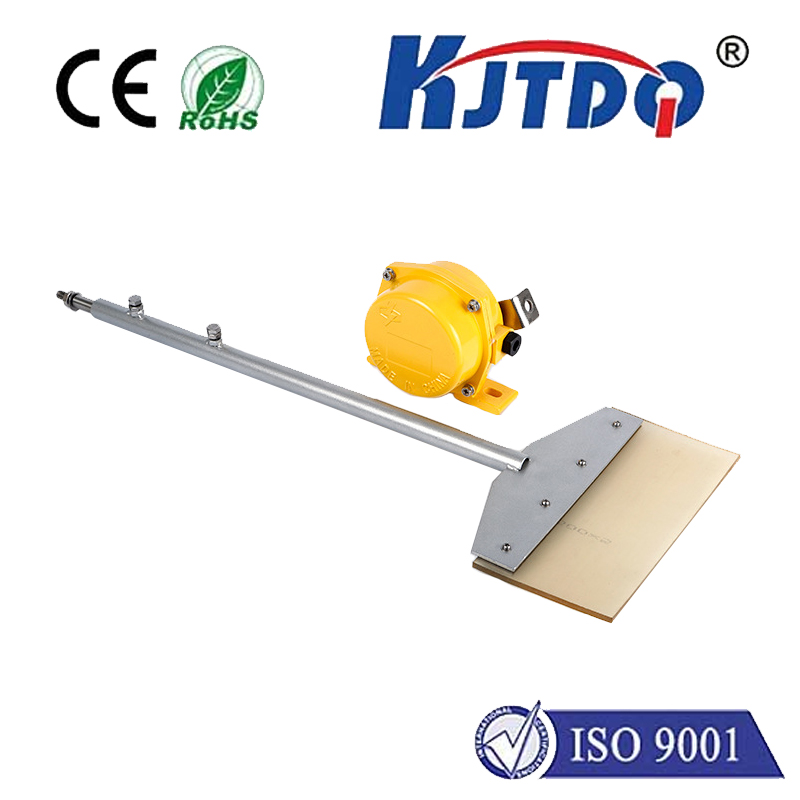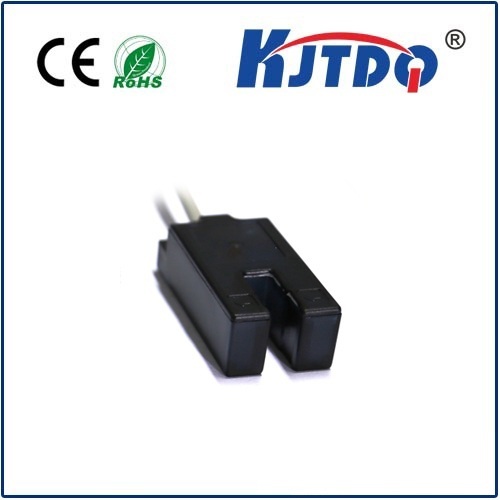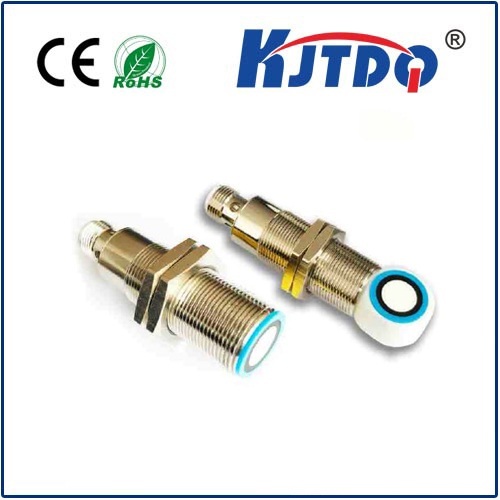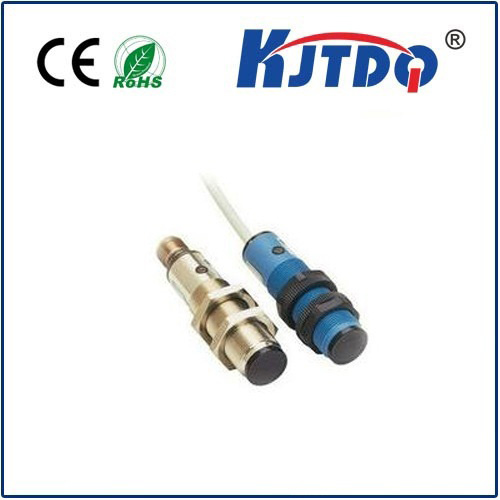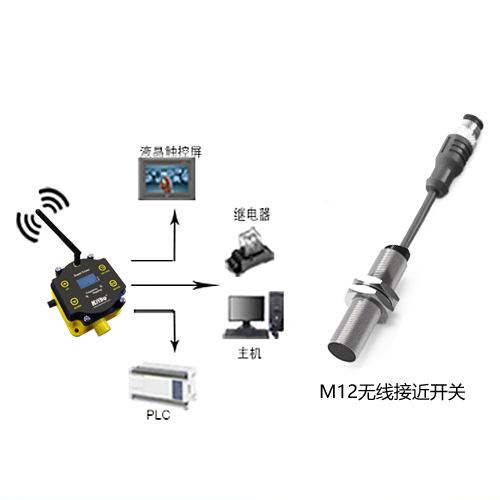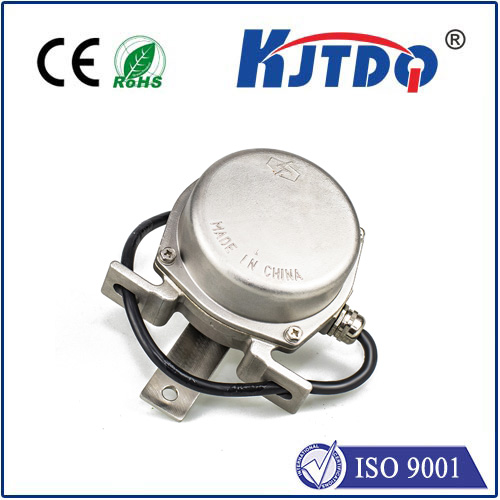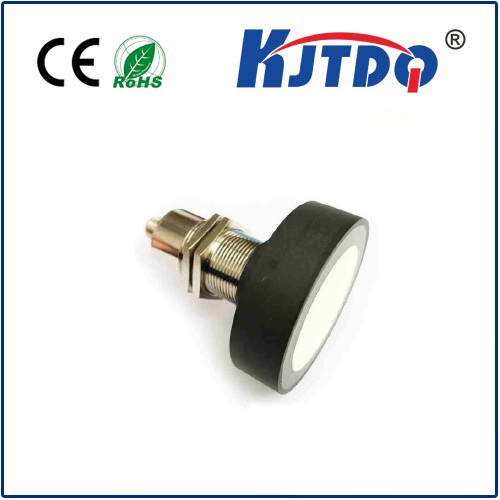magnetic pickup sensor/可用来发品
- time:2025-03-28 01:49:24
- Нажмите:0
Magnetic Pickup Sensors: Unlocking Innovation in Modern Product Development
In an era where precision and efficiency drive technological advancements, magnetic pickup sensors have emerged as unsung heroes in countless applications. From automotive systems to consumer electronics, these compact yet powerful devices are reshaping how engineers and designers approach product development. But what exactly makes them indispensable? Let’s dive into the world of magnetic pickup sensors and explore their transformative role in creating smarter, more reliable solutions.
What Are Magnetic Pickup Sensors?
At their core, magnetic pickup sensors are non-contact devices that detect changes in magnetic fields. They convert mechanical motion—such as rotation, vibration, or proximity—into measurable electrical signals. This ability to “sense without touching” minimizes wear and tear, making them ideal for applications requiring durability and long-term reliability.
A typical magnetic pickup sensor consists of a coil wrapped around a magnetized core. When a ferrous object (like a gear tooth or rotating shaft) moves near the sensor, it disrupts the magnetic field, inducing a voltage in the coil. This signal is then processed to determine speed, position, or presence—a principle leveraged across industries.

Key Applications Driving Product Innovation
The versatility of magnetic pickup sensors lies in their adaptability. Below are some groundbreaking use cases:
- Automotive Engineering
Modern vehicles rely on these sensors for critical functions. For instance, they monitor crankshaft and camshaft positions in engines, ensuring precise fuel injection and ignition timing. In electric vehicles (EVs), they track motor speed, enhancing energy efficiency and safety.
- Промышленная автоматизация
Factories use magnetic sensors to detect conveyor belt movements, robotic arm positions, or machinery RPM. Their rugged design withstands harsh environments, reducing downtime in manufacturing processes.
- Потребительская электроника
From smartphones to smart home devices, these sensors enable features like lid detection (e.g., closing a laptop) or proximity sensing in touchless interfaces. They even power haptic feedback in gaming controllers.
- Renewable Energy
Wind turbines employ magnetic sensors to monitor blade rotation speeds, optimizing energy output while preventing mechanical failures.
Why Magnetic Pickup Sensors Outperform Alternatives
Compared to optical or capacitive sensors, magnetic variants offer distinct advantages:
- Долговечность: No physical contact means minimal wear.
- Noise Resistance: Immune to dust, moisture, or temperature fluctuations.
- Эффективность затрат: Simple design lowers production and maintenance costs.
- High Resolution: Capable of detecting minute movements, even at high speeds.
For example, in automotive ABS systems, magnetic sensors provide real-time wheel speed data with unmatched accuracy—critical for preventing skidding on slippery roads.
Design Considerations for Optimal Performance
To maximize a magnetic pickup sensor’s effectiveness, engineers must address several factors:
- Target Material: Ferromagnetic materials (e.g., iron, steel) yield the strongest signals.
- Воздушный зазор: The distance between the sensor and target affects sensitivity. Smaller gaps enhance signal strength.
- Signal Conditioning: Raw analog signals often require amplification or filtering to interface with digital systems.
- Environmental Factors: Extreme temperatures or strong external magnetic fields may necessitate shielding or specialized coatings.
A case in point is the aerospace industry, where sensors in jet engines are engineered to withstand temperatures exceeding 500°C while delivering precise data.
The Future of Magnetic Sensing Technology
As industries push toward smarter, interconnected systems, magnetic pickup sensors are evolving to meet new demands. Innovations include:
- Miniaturization: Ultra-compact sensors for wearables and medical devices.
- Integration with IoT: Wireless-enabled sensors for remote monitoring in smart cities.
- Advanced Materials: Using rare-earth magnets to boost sensitivity and range.
Researchers are also exploring self-powered sensors that harvest energy from ambient vibrations—eliminating the need for external power sources.
From assembly lines to renewable energy farms, magnetic pickup sensors continue to redefine what’s possible in product design. Their blend of reliability, precision, and adaptability ensures they’ll remain at the heart of technological progress. Whether you’re developing the next-generation EV or a cutting-edge IoT device, understanding these sensors is key to staying ahead in a competitive landscape.

